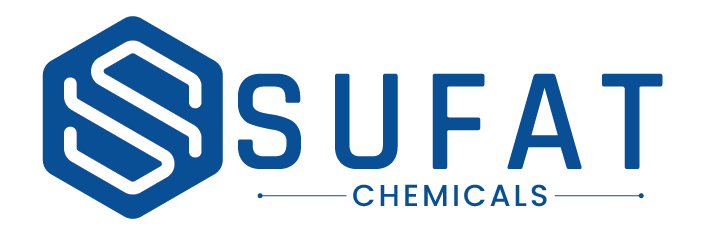Metal Salts
Metal and Metal Salts
Metal salts are a combination of metal cations and non-metal anions. Metal salt is formed when a hydrogen atom is replaced by a metal ion. Metal salts are formed when a metal replaces the hydrogen of an acid. From a reaction of a metal with hydrochloric acid (HCl) we get chlorides, and from a reaction of a metal, or metallic compound, with sulfuric acid (H2SO4) we get sulfates; phosphoric acid (H3PO4) yields phosphates, etc. Example: Copper sulfate, Nickel sulphate, Nickel Chloride, Stannous sulphate, Stannous oxide, and Chloride.
Metal salts and metal salt solutions are used in the electroplating industry and Metal finishing Industries.
Nickel Salts
It is used for plating iron and brass, equipment, and manufacturing certain alloys that retain a high silvery polish, such as silver.
Nickel forms compounds with all common anions, including sulphate, carbonate, hydroxide, and chloride. Nickel sulfate is produced in large quantities by dissolving nickel metals or oxides in sulfuric acid, forming both hexa- and heptahydrates useful for electroplating.
- Nickel Sulphate
- Nickel Chloride
- Nickel Carbonate
Copper Salts
Copper is used as a conductor of heat and electricity, as a building material, and as a constituent of various metal alloys.
Copper Sulphate and Copper Chloride is produced in large quantities by dissolving metal in mineral acids both are useful for electroplating, Agriculture, Dyeing and Inks.
Numerous copper alloys have been formulated, many with important uses.
Brass is an alloy of copper and Zinc.
The metal’s distinctive natural green patina has long been coveted by architects and designers.
- Copper Sulphate
- Copper Chloride
- Copper Cyanide
- Copper Carbonate
- Brass Salt
Zinc Salts
Zinc is most commonly used as an anti-corrosion agent, and galvanization is the most familiar form. Zinc is more reactive than iron or steel and thus will attract almost all local oxidation until it completely corrodes away. The zinc is applied electrochemically or as molten zinc by hot dip galvanizing or spraying.
In latest technology zinc flakes deposit is most popular as it requires thin deposit and corrosion resistance is 3-4 higher than other popular zinc coatings.
- Zinc Oxide
- Zinc Chloride
- Zinc Dust Superfine
- Zinc Dust Ultrafine.
Tin Salts
Tin is a silvery metal that characteristically has a faint yellow hue. Tin, like Lead, is soft enough to be cut without much force.
Tin bonds readily to Iron and is used for coating lead, zinc and steel to prevent corrosion.
Tin Coated steel containers are widely and this forms a large part of the market for metallic tin and this forms a large part of the market for metallic tin.
Tin in combination with other elements forms a wide variety of useful alloys. Tin Sulphate and Tin Chloride is produced in large quantities by dissolving metal in mineral acids both are useful for electroplating, cosmetics and pharmaceutical.
- Tin Sulphate (Stannous Sulphate)
- Tin Chloride (Stannous Chloride)
- Tin Methasulphonic 300
- Tin Oxide
- Sodium Stannate
- Potassium Stannate
Chromium Salts
Chromium salts are used as an ingredient in the manufacture of many other products such as cement, mortar, leather, paints, and anticorrosives. Basic source of Chromium is Chromite ore consists of varying percentages of chromium, iron, aluminium and magnesium oxides as the major components. Chromium salts are basically divided in two types Trivalent Chromium and Hexavalent Chromium salts.
- Trivalent Chromium Salt
- Basic Chromium Sulphate
- Chromium Oxide
- Chromium Nitrate
- Chromium Acetate
- Hexavalent Chromium Salt
- Chromium Tri oxide (Chromic acid)
- Sodium Dichromate
- Potassium Dichromate
Zinc Powder(Zinc Dust)
Zinc Dust is powdery metallic zinc in varying mesh sizes that collects as a bluish gray powder during distillation of zinc and that is used chiefly as a reducing agent, as a pigment in corrosion-resistant coatings for iron and steel, and in zinc coatings. Zinc Dust is utilized for many different purposes in various fields. It’s mainly used in galvanizing as an anti-corrosion substance in steel, in die casting of precision components; in making brass; in making paints; in medicine and cosmetics; and as micro nutrients for animals, plants and humans.
WANT TO KNOW MORE ABOUT OUR services.
With over 20 years of in-depth experience, Sufat Chemicals delivers cost effective & efficient solutions and can be your ideal partner for all your metal coating, and finishing requirements.

